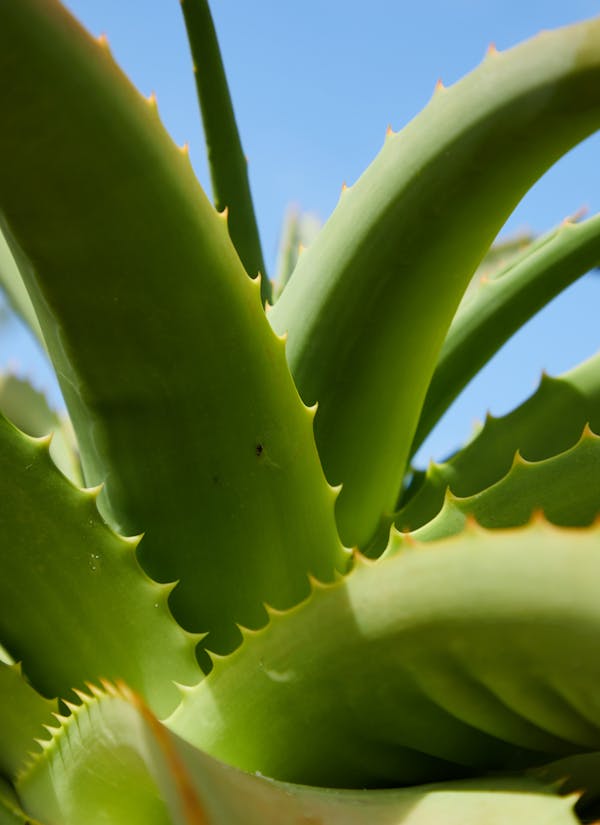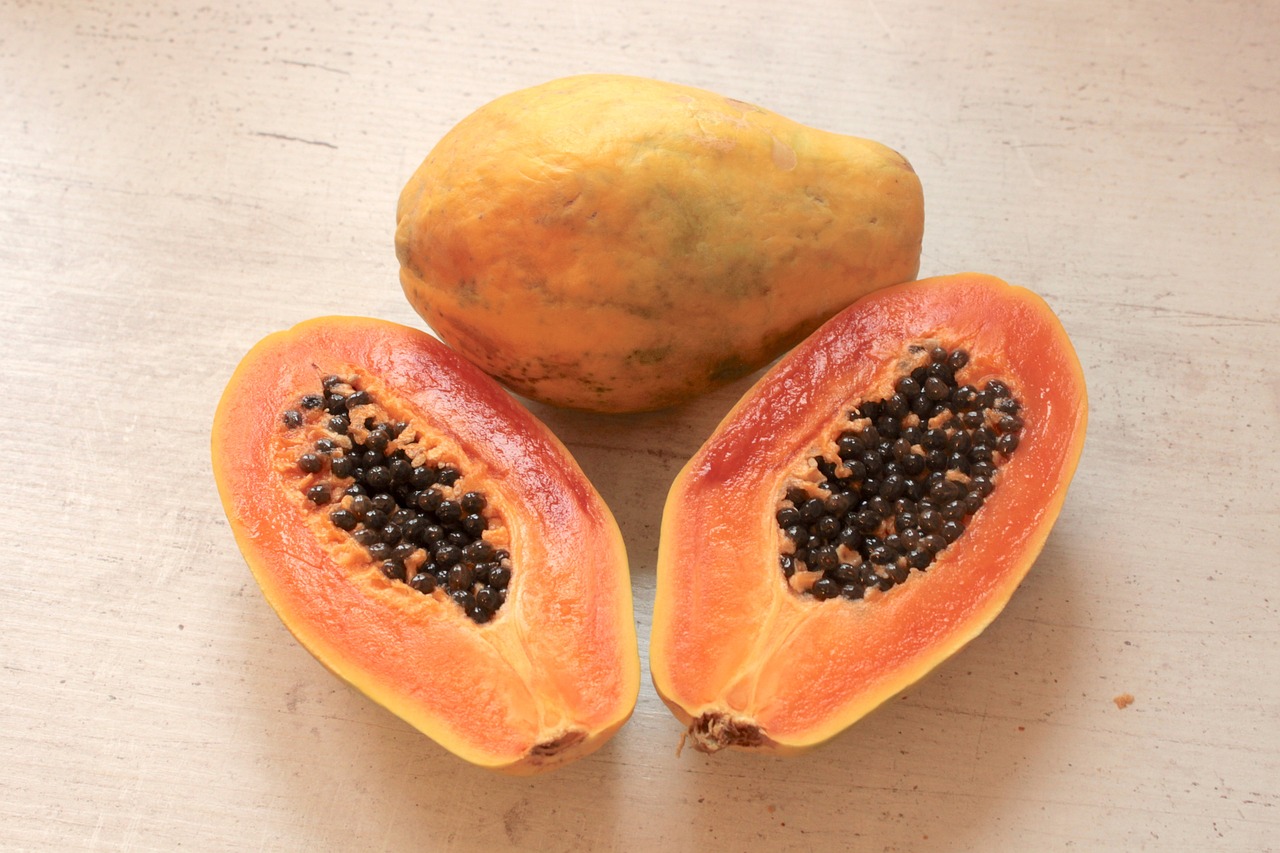Aloe Vera: Benefits, Nutritional Composition & Research Backing Over 100 Nutrients
Meta Description:
Discover the incredible benefits of Aloe Vera! Learn about its appearance, traditional uses, and how this plant contains over 100 nutritional components backed by research.
Introduction to the amazing Aloe Vera plant
Aloe Vera has long been known for its healing properties, but did you know it’s also packed with over 100 nutritional components? In this article, we’ll explore the incredible versatility of Aloe Vera—from its soothing skin benefits to its amazing nutritional profile supported by science. Are you ready to dive into why this “miracle plant” is a must-have in your wellness routine? Let’s go!
What is Aloe Vera? Understanding the Definition and Origins
Aloe Vera (Aloe barbadensis miller) is a succulent plant species that has been used for thousands of years, dating back to ancient Egypt. Often referred to as the "wonder plant," Aloe Vera grows in arid climates and has fleshy, thick leaves that store water.
Appearance:
Aloe Vera plants feature thick, fleshy, green or greyish-green leaves that can grow up to 30 inches long. These leaves contain a gel-like substance, which is typically the part used for medicinal and cosmetic purposes. The gel is transparent and has a slightly slimy texture, making it ideal for topical applications.
Traditional Uses of Aloe Vera: From Skin Care to Digestive Health
Aloe Vera has been revered for its healing properties for centuries. It’s not only known for its topical benefits but has also been used internally in various cultures.
Skin Care: Aloe Vera gel is famous for its ability to soothe burns, cuts, and skin irritation. It has cooling properties that make it effective for treating sunburns, bug bites, and even acne.
Digestive Health: Aloe Vera has been used in traditional medicine to promote digestive health. Aloe Vera juice is said to help alleviate constipation, promote gut health, and support regularity.
Anti-Inflammatory: Aloe Vera’s anti-inflammatory properties make it an effective remedy for reducing irritation or inflammation, both internally and externally.
Aloe Vera’s Nutritional Composition: A Powerhouse of Nutrients
What makes Aloe Vera so special is its incredible range of nutrients. Aloe Vera contains more than 100 nutritional components, including essential vitamins, minerals, enzymes, and amino acids. Let’s break down these key nutrients:
Vitamins and Minerals
Aloe Vera is packed with several essential vitamins and minerals that support overall health:
Vitamins: Aloe Vera contains vitamins A, C, E, B1, B2, B3, B6, B9, and B12. These vitamins are essential for immune function, skin health, and energy production.
Minerals: Aloe Vera is rich in calcium, magnesium, zinc, potassium, and iron—all of which play vital roles in bone health, nerve function, and red blood cell production.
Amino Acids: Aloe Vera contains 20 of the 22 amino acids that the body needs to build proteins, making it a great source of essential amino acids. It also contains fatty acids and polysaccharides that support cell regeneration.
Aloe Vera Enzymes and Bioactive Compounds
Aloe Vera’s gel is rich in enzymes like amylase, lipase, and cellulase that help in digestion. It also contains polysaccharides such as acetylated mannans, which have anti-inflammatory and immune-boosting properties.
Aloe Vera’s Anti-Inflammatory Components
Aloe Vera has been widely recognized for its anti-inflammatory effects, making it beneficial for treating conditions like skin irritation, burns, digestive inflammation, and more. The anti-inflammatory activity of Aloe Vera can be attributed to several components found in its gel, including polysaccharides (like acetylated mannans), fatty acids, enzymes, and minerals such as zinc and selenium.
Zinc: A Key Anti-Inflammatory Mineral in Aloe Vera
Zinc is one of the most abundant trace minerals in the human body and is an essential nutrient involved in hundreds of enzymatic reactions. It plays a pivotal role in immune function and inflammation regulation.
How Zinc Works as an Anti-Inflammatory
Zinc is essential for maintaining the integrity of cell membranes and regulating the immune response. It has been shown to help reduce the production of pro-inflammatory cytokines (signaling molecules involved in inflammation), which can help manage chronic inflammation. Zinc's ability to modulate immune cell function and its antioxidant properties make it an effective nutrient for fighting inflammation and promoting healing.
Sources of Zinc in Aloe Vera
Aloe Vera is a natural source of zinc. Though it's not as concentrated as some other sources like shellfish, meat, or legumes, it still provides an easily absorbable form of the mineral. The anti-inflammatory properties of Aloe Vera are often attributed to its zinc content, as it helps to reduce swelling, redness, and irritation—especially in cases of skin burns, cuts, and rashes.
Research on Zinc’s Role in Inflammation
A study published in the Journal of Nutrition concluded that zinc deficiency is often linked to increased inflammation, and adequate levels of zinc are necessary to control oxidative stress and inflammation in the body.
Zinc also plays a role in wound healing, which is a key reason why Aloe Vera gel is so effective in treating burns and cuts. When applied to the skin, the zinc in Aloe Vera aids in accelerating tissue repair and soothing inflammation.
Selenium: A Powerful Antioxidant and Anti-Inflammatory Agent
Selenium is another vital mineral found in Aloe Vera that plays a crucial role in protecting cells from oxidative damage and supporting immune function. It has potent antioxidant and anti-inflammatory properties, making it valuable for maintaining overall health and reducing chronic inflammation.
How Selenium Works as an Anti-Inflammatory
Selenium helps protect the body’s cells from damage caused by free radicals (molecules that can cause oxidative stress and contribute to inflammation). It is a key component of several antioxidant enzymes like glutathione peroxidase, which help neutralize free radicals in the body. By reducing oxidative stress, selenium helps to mitigate inflammation and protect tissues from chronic inflammatory conditions.
Additionally, selenium helps regulate immune responses, potentially decreasing the overactive inflammatory responses that can occur in conditions such as rheumatoid arthritis and inflammatory bowel diseases.
Sources of Selenium in Aloe Vera
Like zinc, selenium is found in Aloe Vera, though it is present in smaller amounts compared to other dietary sources. Despite this, the presence of selenium in Aloe Vera adds to its anti-inflammatory effects. Aloe Vera’s combination of selenium and zinc enhances its ability to soothe irritated skin, heal wounds, and promote healthy immune function.
Research on Selenium’s Anti-Inflammatory Effects
A study published in Frontiers in Immunology explored how selenium influences inflammation and immunity. The research highlighted that selenium supplementation significantly reduced markers of inflammation, including C-reactive protein (CRP), which is often elevated in inflammatory conditions. Selenium’s role in reducing oxidative stress and inflammation is why it is included in many formulations aimed at treating inflammatory skin conditions, arthritis, and other inflammatory diseases.
Why Zinc and Selenium are Useful for Reducing Inflammation in Aloe Vera
Anti-inflammatory synergy: Zinc and selenium work synergistically to help the body manage and regulate inflammation. Zinc supports immune function and skin health, while selenium provides antioxidant protection, reducing the likelihood of chronic inflammation.
Skin healing: Aloe Vera, rich in zinc and selenium, can accelerate the healing of inflammatory skin conditions like acne, eczema, and psoriasis. The minerals help reduce inflammation, promote collagen formation, and protect the skin from oxidative damage.
Digestive support: Aloe Vera’s anti-inflammatory effects extend to the digestive system as well. Zinc and selenium, combined with Aloe Vera’s polysaccharides, help soothe inflamed tissues in the gut, easing conditions like irritable bowel syndrome (IBS) and ulcerative colitis.
Both zinc and selenium play crucial roles in reducing inflammation and supporting the body’s healing processes, and their presence in Aloe Vera is one of the reasons why this plant has earned its reputation as a “miracle herb.” Aloe Vera's anti-inflammatory properties, supported by these minerals, make it an excellent choice for promoting skin health, improving digestion, and managing chronic inflammation.
Aloe Vera’s Health Benefits Backed by Science
Now that we know what’s in Aloe Vera, let’s take a look at some fascinating research supporting its health benefits. Aloe Vera’s nutritional content isn’t just theoretical; it’s backed by studies that highlight its effectiveness in various areas of health.
Research Study #1: Aloe Vera and Skin Healing
One study published in the Journal of Ethnopharmacology found that Aloe Vera gel significantly accelerated the healing of wounds and burns. Researchers found that Aloe Vera not only sped up the healing process but also reduced inflammation and pain associated with burns.
Conclusion: Aloe Vera can be a natural alternative to over-the-counter creams and ointments for treating burns and cuts.
Research Study #2: Aloe Vera for Digestive Health
A 2018 study in Phytomedicine examined the effect of Aloe Vera on digestive disorders and found that Aloe Vera juice helped reduce symptoms of irritable bowel syndrome (IBS), such as abdominal pain and bloating. The research pointed to Aloe Vera’s ability to soothe the digestive tract and promote a healthy gut environment due to its polysaccharide content.
Conclusion: Aloe Vera can play a supportive role in digestive health, improving gut function and alleviating discomfort from conditions like IBS.
Research Study #3: Aloe Vera and Blood Sugar Regulation
A study in Diabetes Care explored the effects of Aloe Vera supplementation on blood sugar levels in individuals with type 2 diabetes. The study showed that Aloe Vera helped lower fasting blood glucose levels and improved insulin sensitivity.
Conclusion: Aloe Vera may have potential as a natural supplement to help manage blood sugar levels in people with type 2 diabetes.
How to Use Aloe Vera for Maximum Benefits
There are several ways you can incorporate Aloe Vera into your daily routine:
- Topical Application: Apply Aloe Vera gel directly to your skin to soothe sunburns, acne, or minor cuts.
- Aloe Vera Juice: Drink Aloe Vera juice to support digestion and promote gut health. Always choose organic, unflavored Aloe Vera juice without added sugars.
- Aloe Vera Supplements: Aloe Vera capsules or powders can be taken as a supplement to support general health.
Conclusion: The Versatile, Nutrient-Packed Wonder Plant
Aloe Vera is more than just a skin care remedy—this incredible plant contains over 100 nutritional components that benefit both your skin and internal health. From vitamins and minerals to amino acids and enzymes, Aloe Vera is a powerhouse of nutrients that support everything from skin healing to digestive health and blood sugar regulation.
As research continues to uncover even more benefits of Aloe Vera, it’s clear that this plant is truly a "miracle" for your health. So, whether you’re looking to soothe a burn, support your digestive system, or just boost your overall wellness, Aloe Vera is definitely a plant you’ll want to keep in your wellness toolkit.
Additional Resources & Studies
"Zinc and Inflammation: A Review of Its Role in Health and Disease" published in The Journal of Nutrition highlights the anti-inflammatory benefits of zinc in the body.









